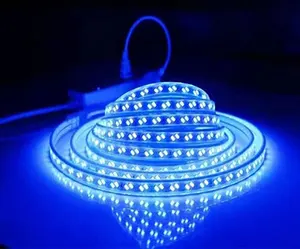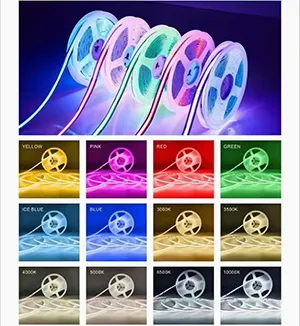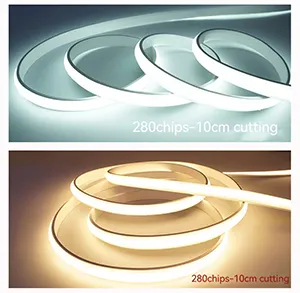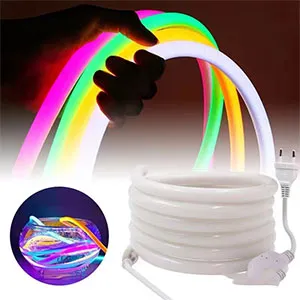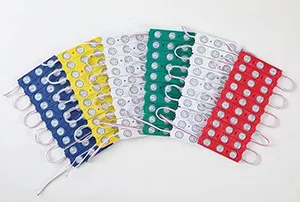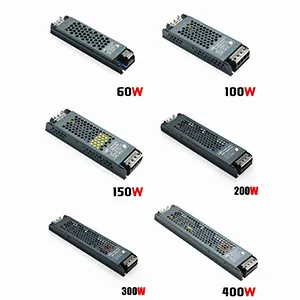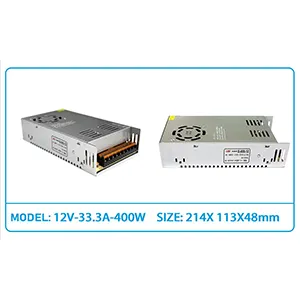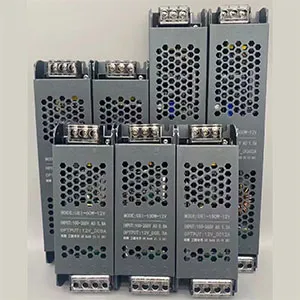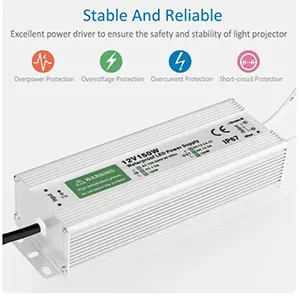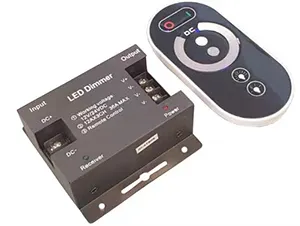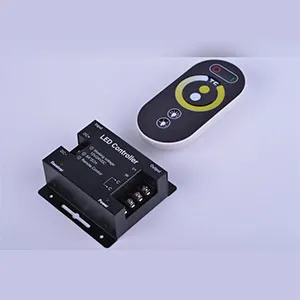Installation Techniques for LED Neon Flex
LED Neon Flex lighting provides a vibrant, contemporary alternative to traditional neon lighting, offering flexibility in design and application. However, like all lighting systems, it requires careful installation to ensure longevity, safety, and optimal performance. Here's a comprehensive guide to the installation techniques for LED Neon Flex:
1. Mounting and Positioning:
- Flexible Channels: Ensure that you are using appropriate flexible mounting channels designed specifically for LED Neon Flex. These channels will help maintain a uniform shape and protect the lights from external damages.
- Clips & Brackets: Use the provided mounting clips or brackets at regular intervals, typically every 1-2 feet, to prevent sagging.
- Avoid Sharp Bends: Though flexible, sharp bends can damage the internal LEDs or wiring. Always ensure a gentle curve when shaping the Neon Flex.
2. Connecting:
- Cutting: LED Neon Flex can be cut at specific intervals, usually marked on the strip. Always turn off and unplug the strip before cutting. Use sharp, non-conductive tools to ensure a clean cut.
- Connecting Pieces: When you need to connect separate pieces, use specifically designed connectors. Ensure they're firmly attached to prevent any electrical faults.
- Sealing Ends: After cutting or connecting, ensure that the open ends are sealed using end caps to prevent moisture ingress or electrical shorting.
3. Powering:
- Transformer Selection: Using the right transformer is crucial. The transformer's power capacity should match the total wattage of the LED Neon Flex it's powering. Overloading can lead to overheating or reduced lifespan.
- Voltage Considerations: Ensure that your LED Neon Flex and transformer have matching voltage ratings, typically 12V, 24V, or 120V.
- Controllers: If your LED Neon Flex supports dimming or color-changing, integrate a compatible controller. This allows for flexibility in lighting effects and can be synchronized with other lighting systems.
4. Safety First:
- Grounding: Especially for outdoor installations, ensure that the system is properly grounded to prevent electrical shocks.
- Weatherproofing: If the LED Neon Flex is installed outdoors, ensure that all connections, transformers, and controllers are weatherproof or installed in weatherproof boxes.
- Heat Dissipation: While LED Neon Flex produces less heat than traditional neon, it's still crucial to ensure adequate ventilation around transformers and controllers to prevent overheating.
Conclusion:
LED Neon Flex offers a versatile lighting solution, but proper installation is key to its longevity and performance. By understanding and following the correct installation techniques, users can enjoy the vivid, dynamic illumination of LED Neon Flex safely and efficiently. Whether for artistic installations, commercial signage, or ambient home lighting, when correctly installed, LED Neon Flex can truly shine.







